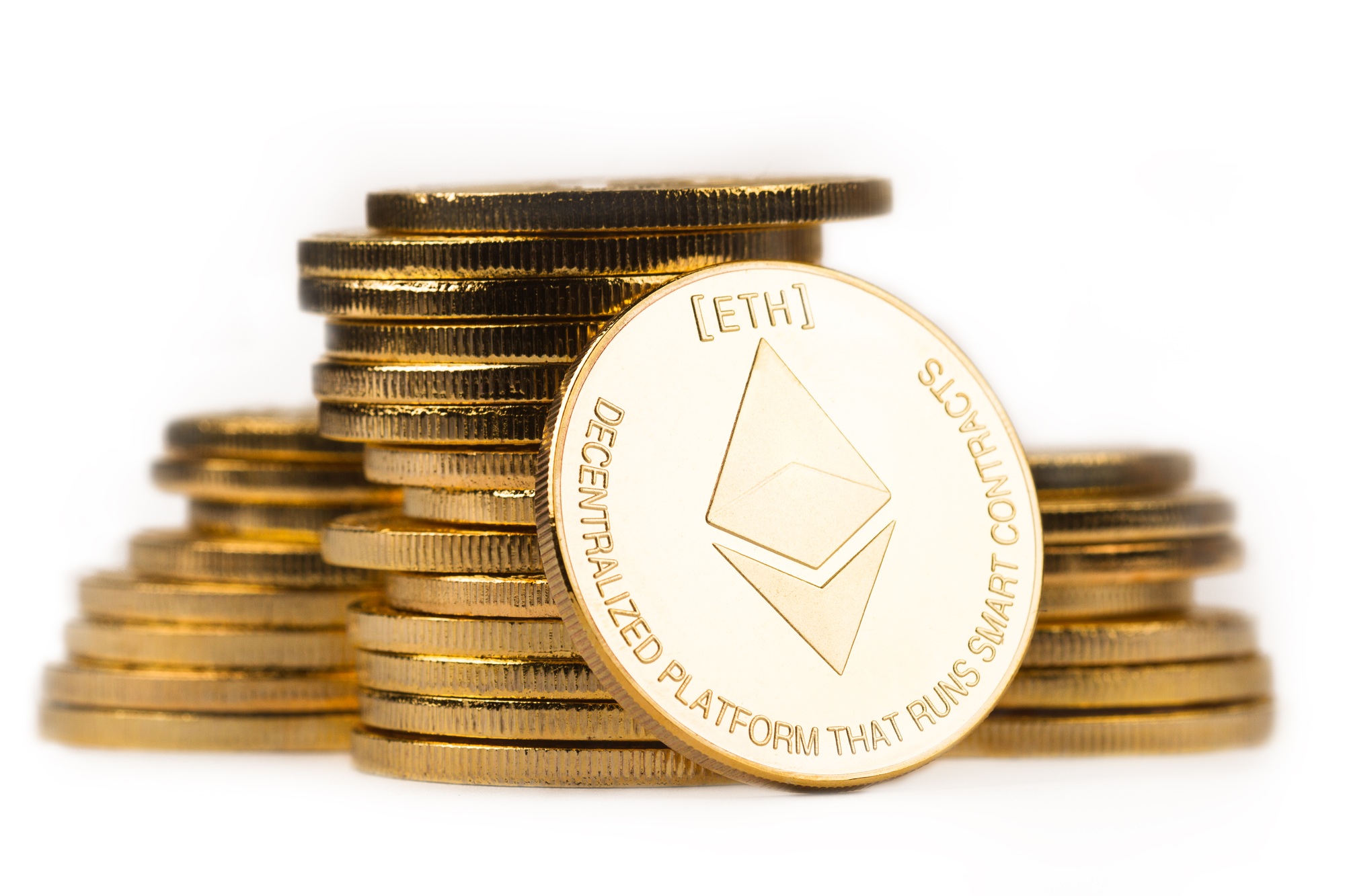Ethereum’s price fell to $1,410 on April 7, marking its lowest point since March 2023. This decline triggered over $370 million in leveraged futures liquidations within two days. Despite this, Ethereum managed to recover above the $1,500 mark, buoyed by the S&P 500 index reclaiming its 5,000 support level.
Over the past month, Ethereum has underperformed the broader cryptocurrency market by 14%. However, derivatives data and on-chain metrics suggest that professional traders are not yet turning bearish. The reduced demand for bearish positions below $1,600 offers some reassurance for bullish investors.
On April 7, the Ether monthly futures premium rose to 4%, up from 2% on March 31, though still below the neutral threshold of 5%. This indicates a cautious optimism among traders. Additionally, the ETH options skew stands at 10%, within bearish territory but significantly less extreme compared to May 2024, when it peaked at 20%.
Macroeconomic factors continue to influence Ethereum’s performance. Concerns over escalating global trade tensions and potential economic recession have dampened interest in risk-on assets. While President Donald Trump has advocated for interest rate cuts, Federal Reserve Chair Jerome Powell remains cautious, stating it’s too soon to determine the appropriate path for monetary policy.
Adding to the pressure, Ethereum developers delayed the Pectra upgrade, initially scheduled for April, now targeting May 7 for its mainnet launch. Despite these challenges, Ethereum’s total value locked (TVL) reached an all-time high of 30.2 million ETH on April 6, a 22% increase from the previous month, outpacing growth in competing networks like Solana and BNB Chain.








